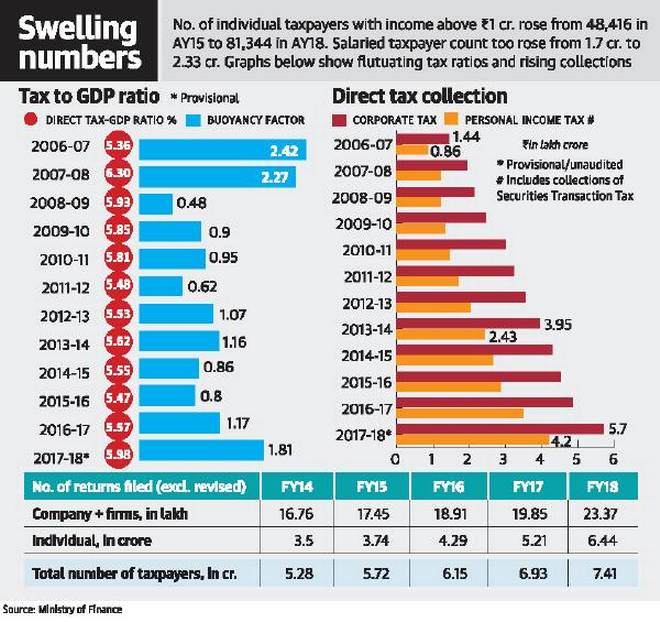7667766266
enquiry@shankarias.in
Why in news?
The Central Board of Direct Taxes (CBDT) recently released the new time series data (same data points recorded at regular intervals) as updated up to FY 2017-18.
What are the highlights?

What were the driving factors for widening tax base?
What is the concern with direct taxes share?
What lies ahead?
Source: The Hindu, Indian Express, Business Standard